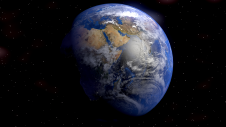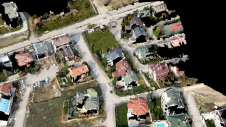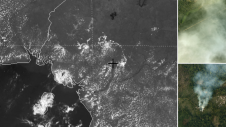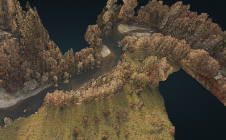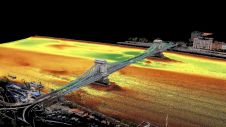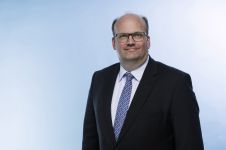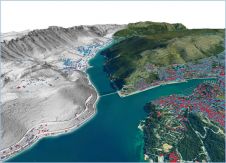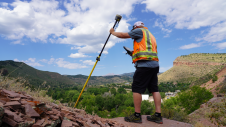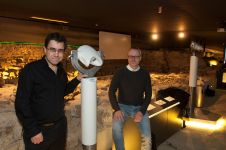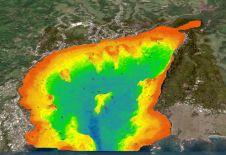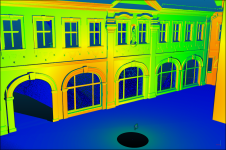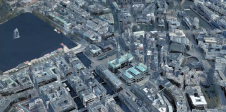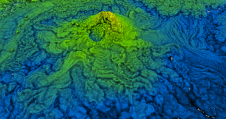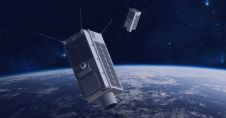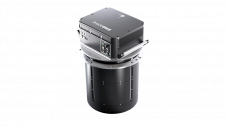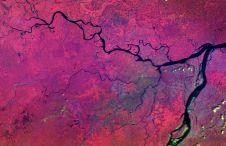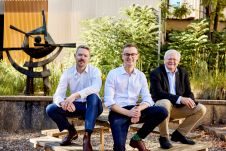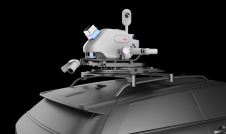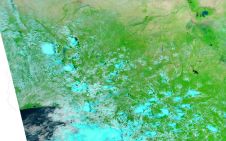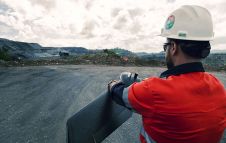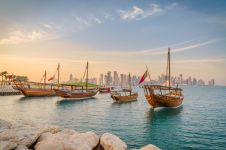Footprint
On a map showing the countries of the world according to the size of their carbon footprint, the Northern Hemisphere is roughly twice as big as it is in reality and the Southern Hemisphere shrinks to, let's say, a quarter of its size in square kilometres. This image of the carbon footprint, and therefore the influence of people living in the western world on climate change and global warming, and their use of resources, is shocking. Especially when you know that the negative impact of this heavy use of resources is mainly affecting those people not using them; in other words, the people living in the shrunken parts of the map.
This was the illustrative material shown by Professor Stig Enemark, president of the International Federation of Surveyors (FIG) at the Survey & Engineering GIS Summit, part of the ESRI User conference held in San Diego from 16th to 21st June. A keynote speaker at the Summit, Enemark explained how FIG wanted to work to lessen poverty in the world by smart land management in those parts of the world where there are no cadastral systems, and by helping make better use of natural resources through new survey and GIS techniques.
In his own keynote speech, ESRI president Jack Dangermond welcomed almost 13,000 visitors to San Diego, and went on to tell them that the world needed change to solve the problems caused by the carbon footprint. Geographical knowledge, he said, allowed us to measure, analyse and plan better than before, which would eventually allow us to improve the way we did things.
一个女人已经让世界更好,including through her use of geographical knowledge, is Professor Wangari Maathai, winner of the Nobel Peace Prize and founder of the Green Belt Movement. She delivered an inspiring speech in which she explained her purpose with the Green Belt Movement: reforestation of her country of birth, Kenya, to prevent creeping expansion of the desert, and with it poverty. Through planting trees she wants to provide a living for the poor women in her country, and at the same time improve the environment and democracy. According to Professor Maathai, sustainable development could only take place in the world when people understood and recognised that link between environment, peace and democracy. Projects in Kenya have already resulted in thousands and thousands of new trees being planted, precisely kept track of using the newest GIS equipment. She summoned visitors to San Diego to do the same: plant a tree at home to make up for the carbon footprint they left by flying to California, to improve the environment and lessen poverty. And, going on the enthusiastic and approving ovation she earned with her speech, a lot of them will indeed do so.
Make your inbox more interesting.Add some geo.
Keep abreast of news, developments and technological advancement in the geomatics industry.
Sign up for free

